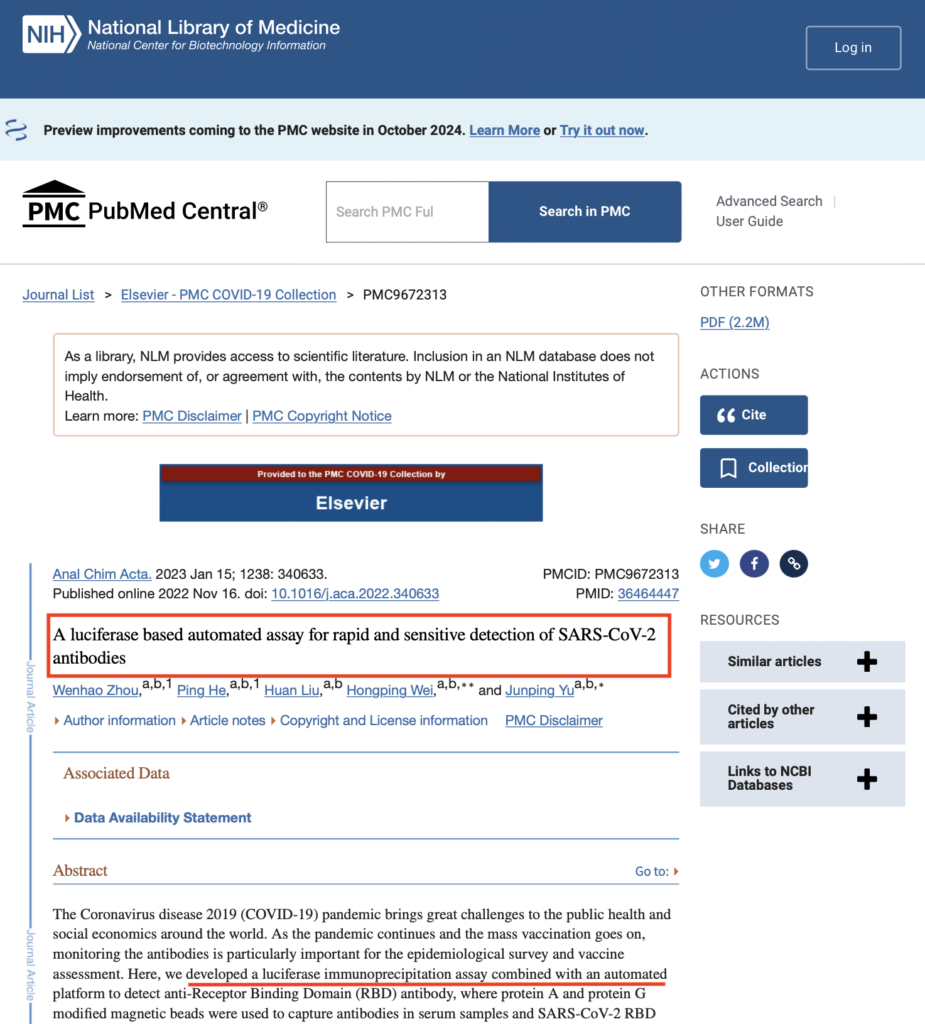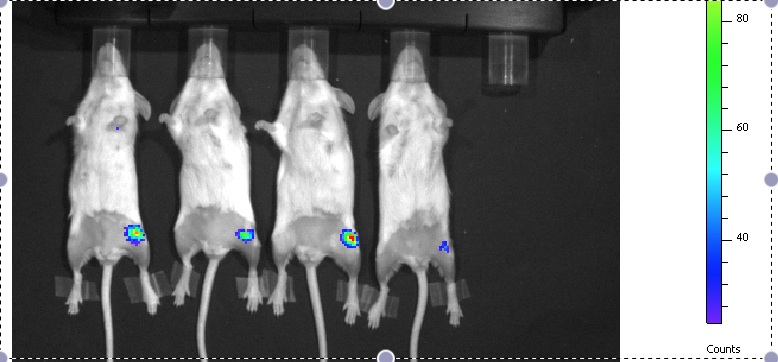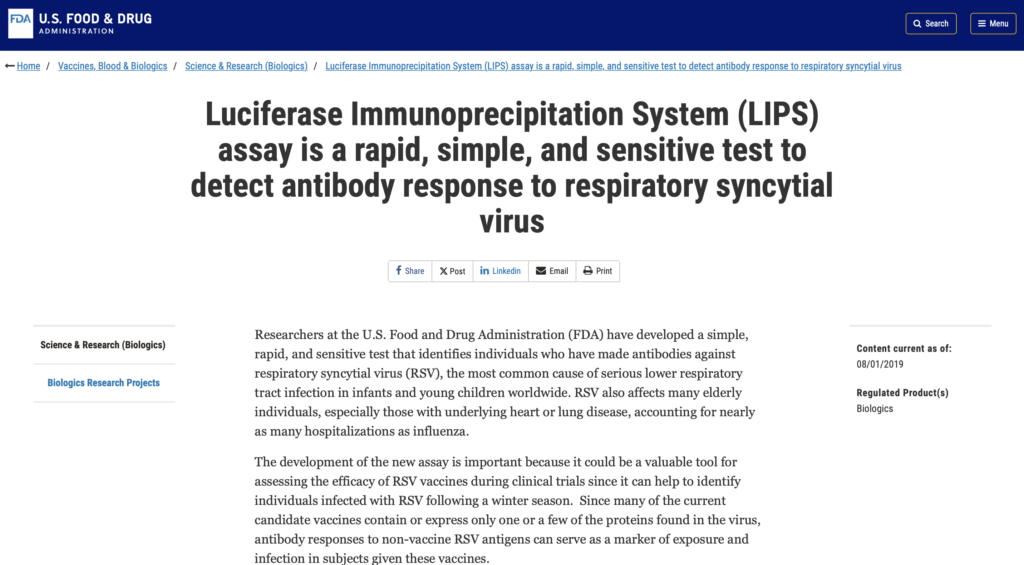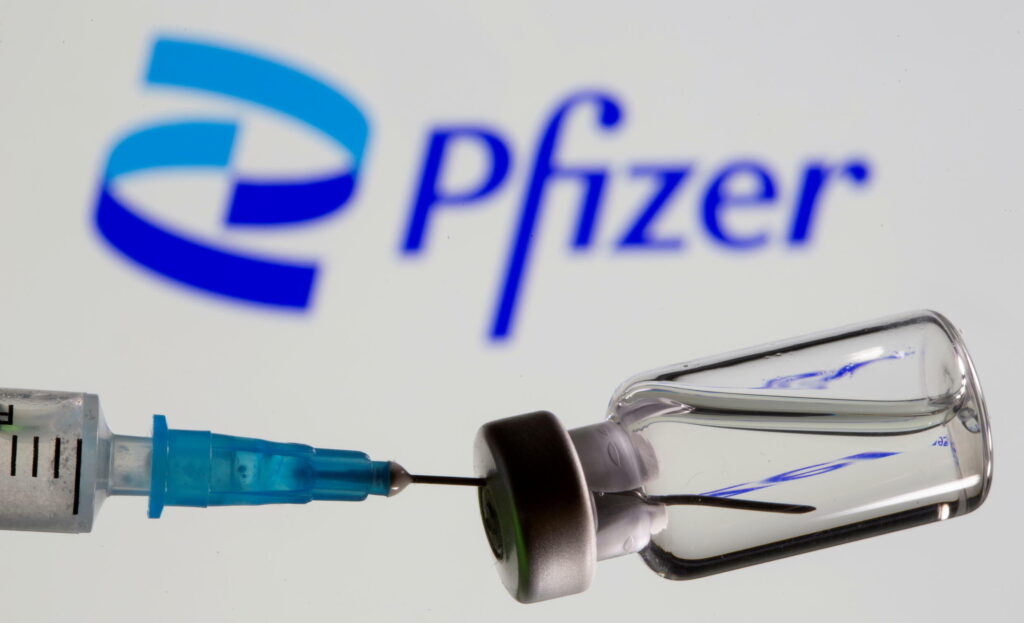‘I thought the Lord wanted me to show it to my family, to convince them not to get [the shot],’ Pfizer whistleblower Melissa Strickler said.
Pfizer Whistleblower Leaks Execs Emails: ‘We Want to Avoid Having Info on Fetal Cells Out There’

Pfizer Whistleblower Melissa McAtee Tonight (March 16) on VSRF!
— Vaccine Safety Research Foundation (@VacSafety) March 16, 2023
"They're withholding knowledge on people's approval if they can consent or not." pic.twitter.com/TbdRVsGuX1
Now-fired Pfizer employee Melissa Strickler told LifeSiteNews that “the Lord” helped her discover the email chains between Pfizer executives discussing how best to hide from the public the link that their COVID-19 vaccine has to abortion.
Melissa Strickler Exposes COVID-19 Vaccine Ingredients Luciferase and Graphene Oxide

Scientists at The University of Texas Medical Branch at Galveston (UTMB) [a] have employed an unlikely partner in their quest to develop treatments for COVID-19 disease: the common firefly.
Fireflies, also known as lightning bugs, are insects in the Lampyridae family who use bioluminescence to attract potential mates and prey. Their conspicuous glow at twilight comes from an enzyme called luciferase, which can be isolated in the lab. Now, UTMB virologists are using the enzyme to develop faster and more accurate diagnostic tests for COVID-19 as well as to analyze potential therapies and gain a clearer understanding of the SARS-CoV-2 virus itself.
[a] https://www.utsystem.edu/institutions/university-of-texas-medical-branch-at-galvestonLuciferase-Based Biosensors in Vaccines: Are They Safe?
Luciferase-based biosensors have been a topic of discussion in the field of vaccines due to their potential to revolutionize medical diagnostics and monitoring. However, concerns have been raised about the safety and side effects of using these biosensors in vaccines. In this article, we will explore which vaccines currently incorporate luciferase-based biosensors and examine the possible side effects associated with them.



Which Vaccines Have Luciferase?
- COVID-19 Vaccines: Several COVID-19 vaccines, including the Pfizer-BioNTech and Moderna vaccines, utilize luciferase-based biosensors to track the body’s immune response to the vaccine. These biosensors emit light when they come into contact with specific molecules, allowing researchers to monitor the effectiveness of the vaccine.
- Flu Vaccines: Some flu vaccines also use luciferase-based biosensors for the same purpose as COVID-19 vaccines – to track the immune response and efficacy of the vaccine.
- Other Vaccines: While luciferase-based biosensors are primarily used in COVID-19 and flu vaccines, there is ongoing research into incorporating these biosensors into other types of vaccines for various diseases.
Side Effects of Luciferase-Based Biosensors in Vaccines
Despite their potential benefits, there have been concerns about the safety of luciferase-based biosensors in vaccines. Some of the potential side effects include:
- Allergic Reactions: In rare cases, individuals may experience allergic reactions to components of the luciferase-based biosensors, leading to symptoms such as itching, swelling, or difficulty breathing.
- Interference with Other Tests: The presence of luciferase-based biosensors in the body can potentially interfere with certain medical tests, leading to inaccurate results. It is important for healthcare providers to be aware of the use of these biosensors when interpreting test results.




Researchers at the U.S. Food and Drug Administration (FDA) have developed a simple, rapid, and sensitive test that identifies individuals who have made antibodies against respiratory syncytial virus (RSV)

BOMBSHELL: Pfizer whistleblower says vaccine ‘glows,’ contains toxic luciferase, graphene oxide compounds

In an interview with LifeSiteNews correspondent Jim Hale, Pfizer whistleblower Melissa Strickler, a devout Christian, credited “the Lord” with helping her discover the damning emails between company executives regarding how they were going to cover up the COVID-19 vaccine’s link to abortion.
“I stumbled across the information by accident,” Strickler told LifeSite. “But I would rather say a miracle.”
“When I found the information [that the vaccine was developed with aborted fetal cells] I thought the Lord wanted me to show it to my family, to convince them not to get [the shot],” she added.

After Stickler came across the emails between executives talking about how they did not want the public to know that the vaccine was made at the expense of an aborted child, she wondered what her next steps were going to be.
“I told a couple of friends who had previously worked at Pfizer what I’d found, and they referred me to Project Veritas,” Strickler explained to LifeSite.
“I prayed about it … quite a bit, to decide what to do, and it’s like God just kept giving me the right [Bible] verses,” she added. “Pointing me down the path of what to do, and Project Veritas reached out to me almost instantly after getting a hold of them, which I took as a sign.”
Project Veritas, an investigative journalism outlet with a history of exposing Pfizer corruption, first broke the story regarding Strickler in an interview she did with them on October 6, 2021.
Shortly after Project Veritas released the interview in which Strickler exposed the emails, she received a call from Pfizer telling her she was terminated from her position as a quality auditor.
Additional Information:
NanoLuciferase-Based Immunoprecipitation System: A Tool for Protein Interaction Studies
Are you looking for a cutting-edge tool to study protein interactions? Look no further than the NanoLuciferase-Based Immunoprecipitation System. This innovative technology has revolutionized the way researchers investigate protein-protein interactions, offering unprecedented sensitivity and accuracy. In this article, we will explore the key benefits of this system and how it can enhance your research in the field of molecular biology.
The NanoLuciferase-Based Immunoprecipitation System is a powerful tool that enables researchers to study protein interactions with high precision. By harnessing the light-emitting properties of NanoLuciferase, this system allows for the detection of even the weakest protein interactions.
The NanoLuciferase-Based Immunoprecipitation System works by tagging the proteins of interest with NanoLuciferase. When these tagged proteins interact with one another, NanoLuciferase produces light, which can be measured using a luminometer. This allows researchers to quantitatively analyze protein interactions in real-time, with high sensitivity and accuracy.
Key Benefits of the NanoLuciferase-Based Immunoprecipitation System
- High Sensitivity: The NanoLuciferase-Based Immunoprecipitation System can detect even weak protein interactions, making it ideal for studying transient interactions or low-abundance proteins.
- Real-Time Analysis: Researchers can monitor protein interactions in real-time, allowing for dynamic insights into the kinetics of protein complex formation.
- Quantitative Data: The system provides quantitative data on protein interactions, enabling precise measurements of binding affinities and stoichiometries.
- Multiplexing Capabilities: The NanoLuciferase-Based Immunoprecipitation System can be easily adapted for multiplexing, allowing for the simultaneous analysis of multiple protein interactions.

NanoLuciferase vaccine:
NanoLuciferase vaccines are a new generation of vaccines that utilize nanotechnology to deliver antigens more efficiently to the immune system. By incorporating luciferase enzyme, these vaccines can generate a bioluminescent signal when administered, allowing real-time monitoring of immune responses. This cutting-edge technology not only enhances the immune response but also provides valuable insights into vaccine efficacy.
How do NanoLuciferase vaccines work?
NanoLuciferase vaccines work by encapsulating antigens within nanoparticles coated with luciferase enzyme. When the vaccine is administered, the nanoparticles deliver the antigens to immune cells, triggering an immune response. The luciferase enzyme produces a light signal as immune cells interact with the antigens, allowing researchers to track the immune response in real-time.
The NanoLuciferase-Based Immunoprecipitation System has a wide range of applications in molecular biology research. Some common applications include:
- Studying protein-protein interactions in signaling pathways
- Investigating the effects of post-translational modifications on protein interactions
- Screening for potential drug targets by analyzing protein-ligand interactions
- Identifying novel protein partners for known proteins of interest
Source: Twitter, FDA, Lifesitenews, REUTERS/Dado Ruvic-Image, NIH, Givesendgo-image, Biocompare-image, Rumble
Also Read:
